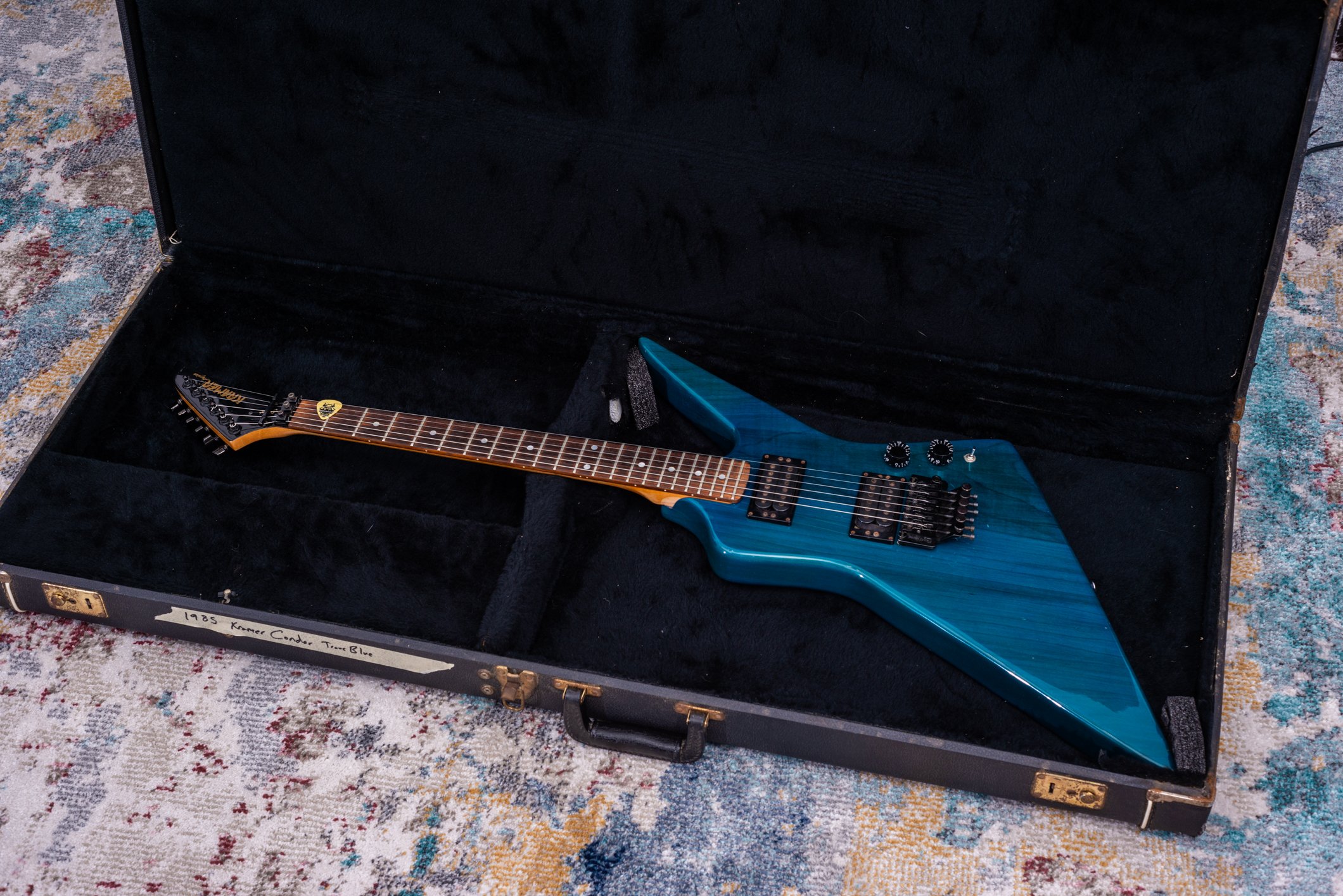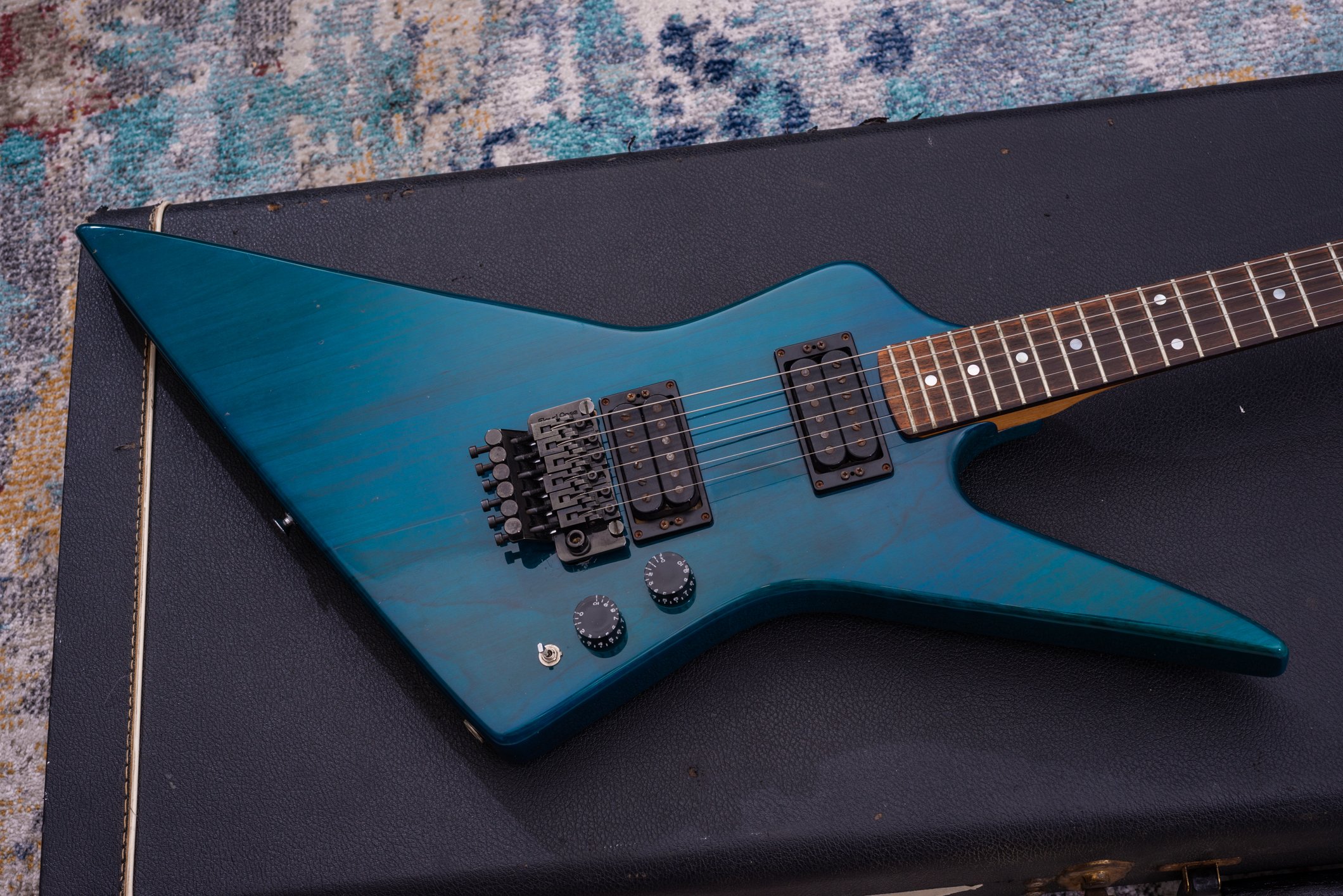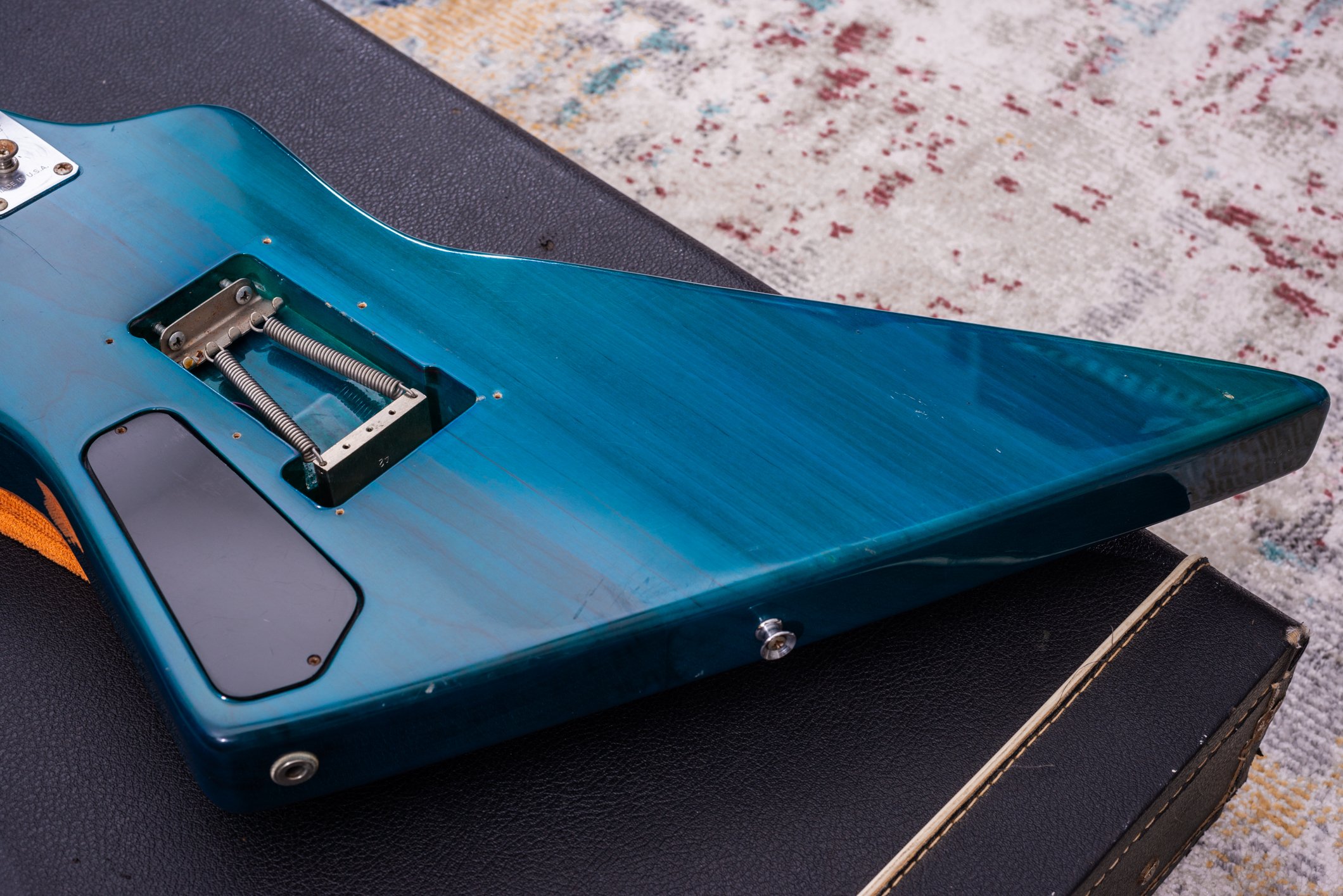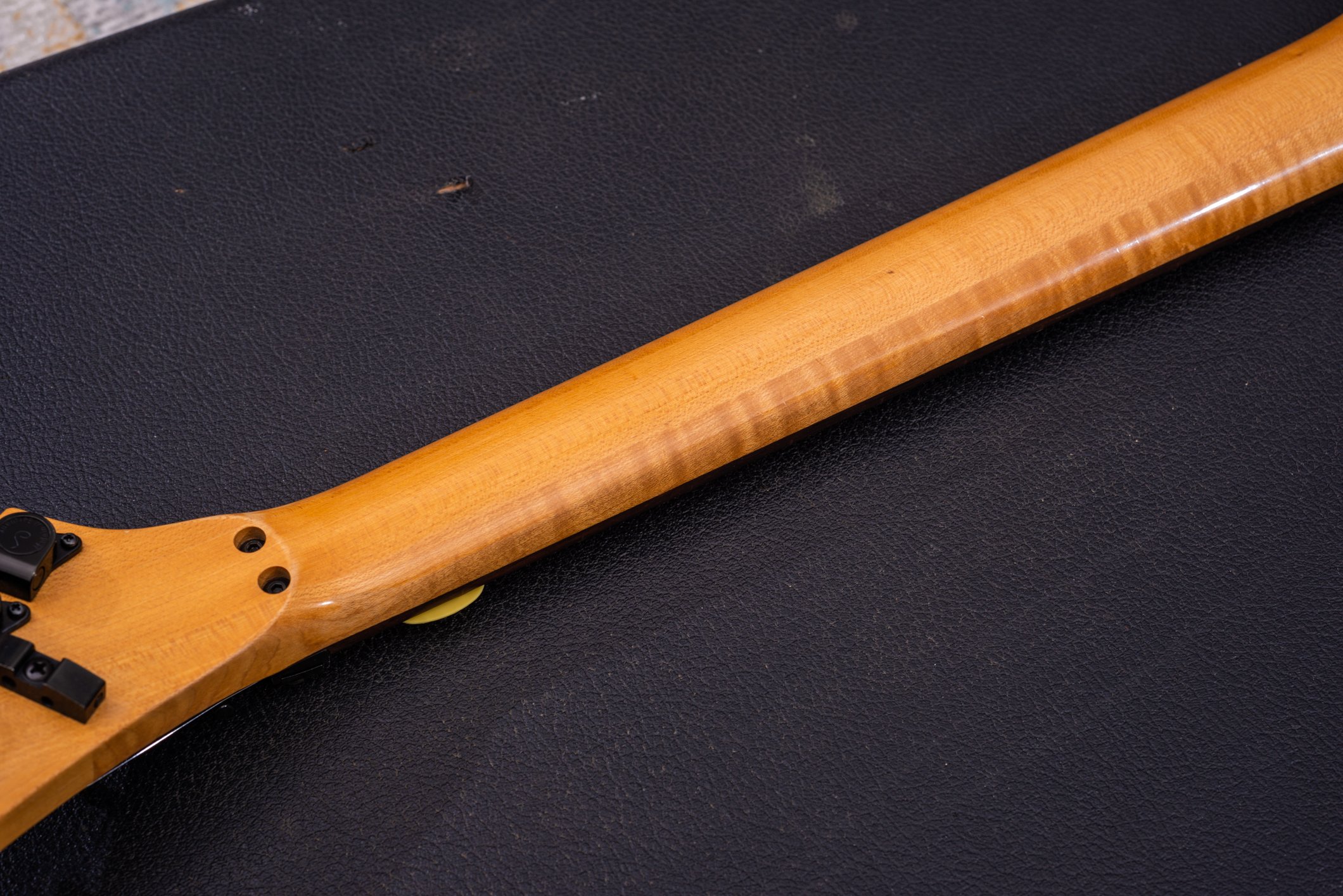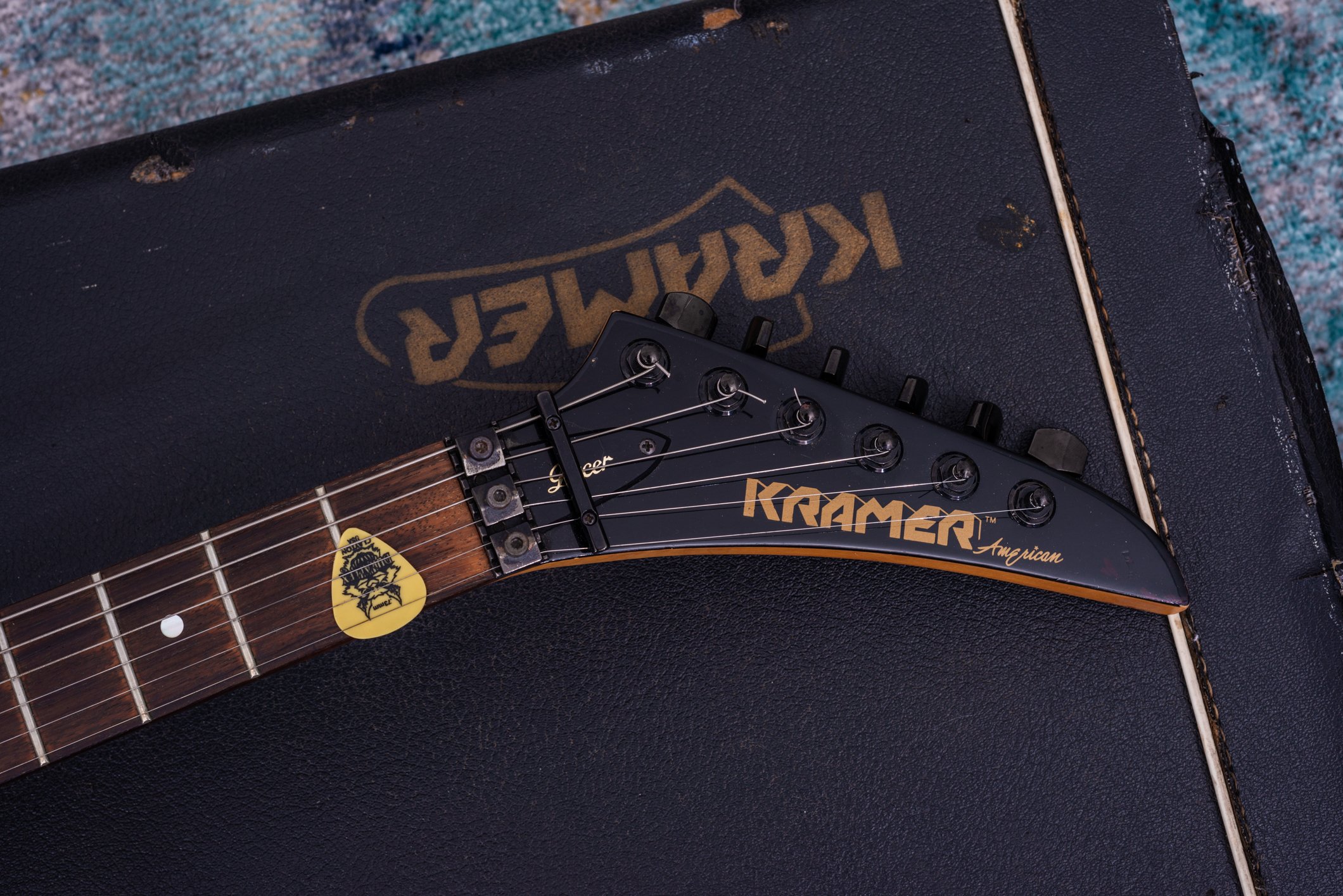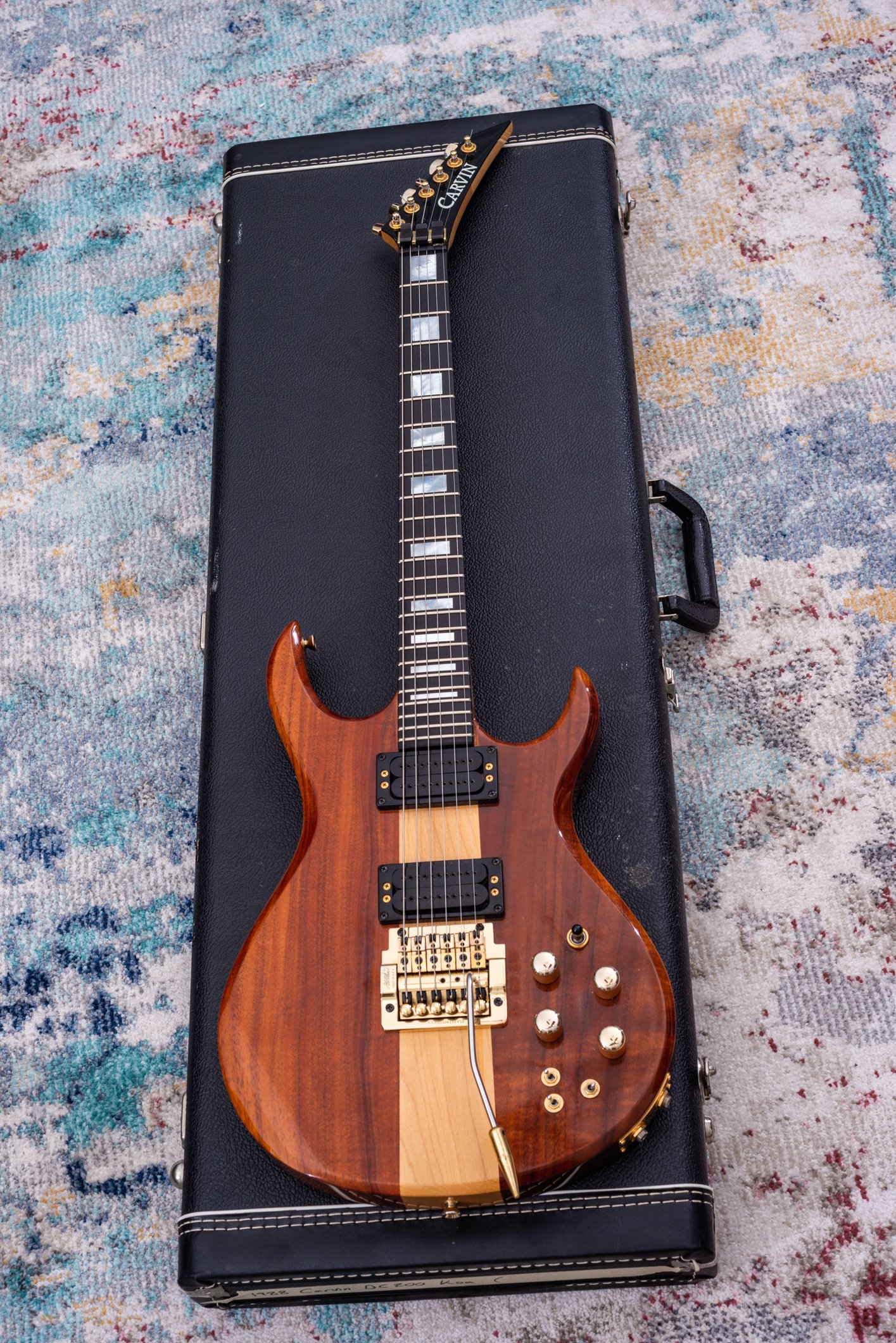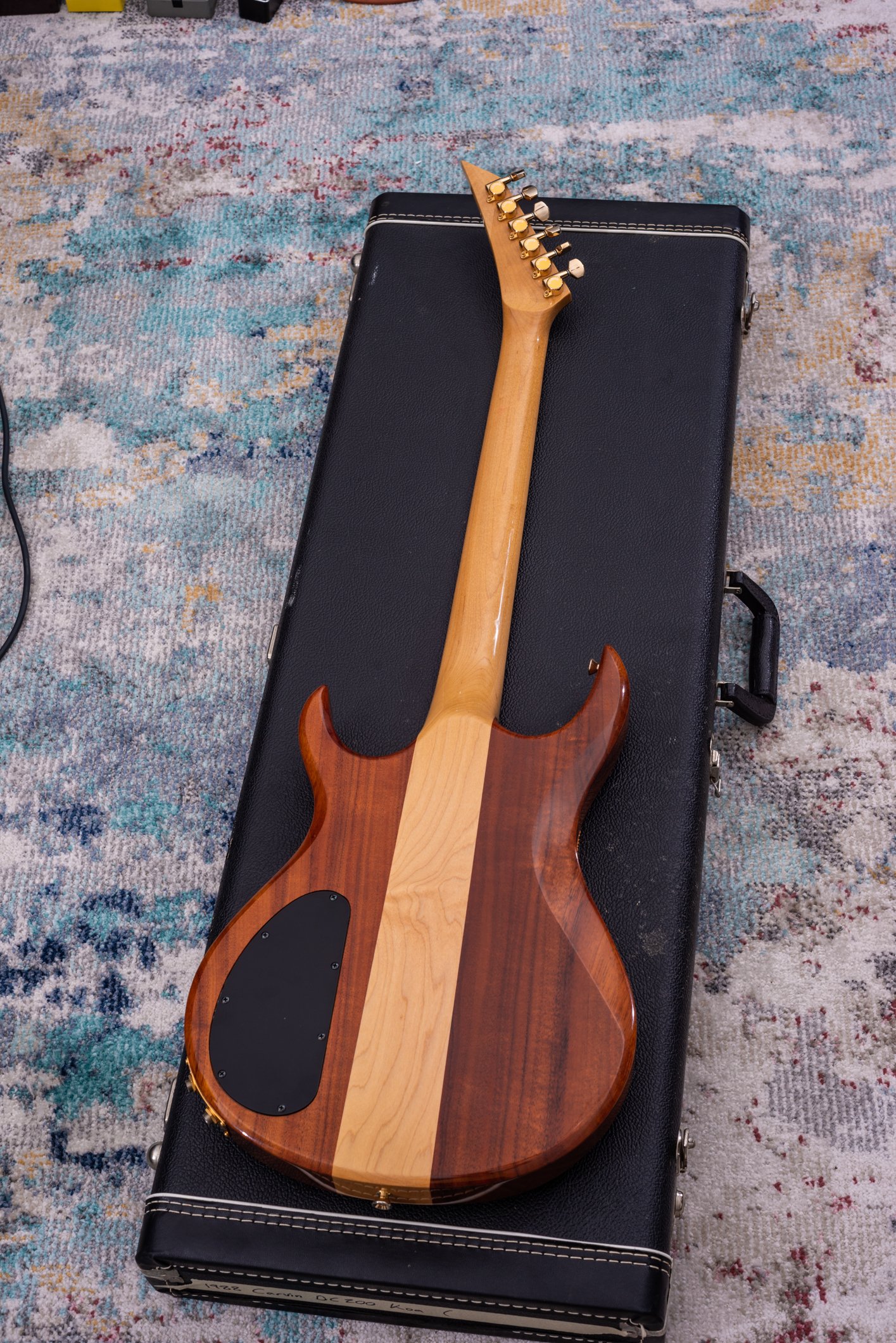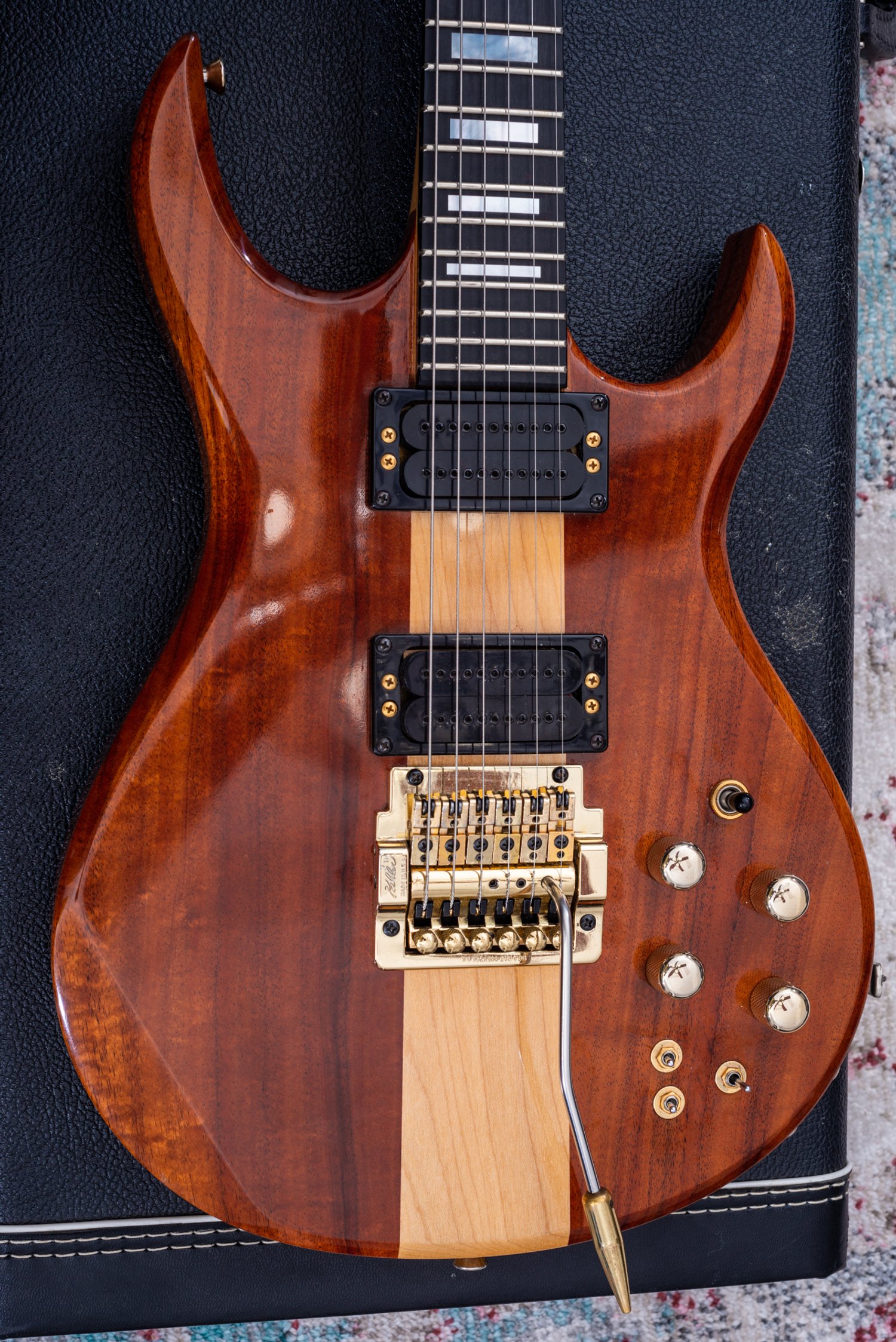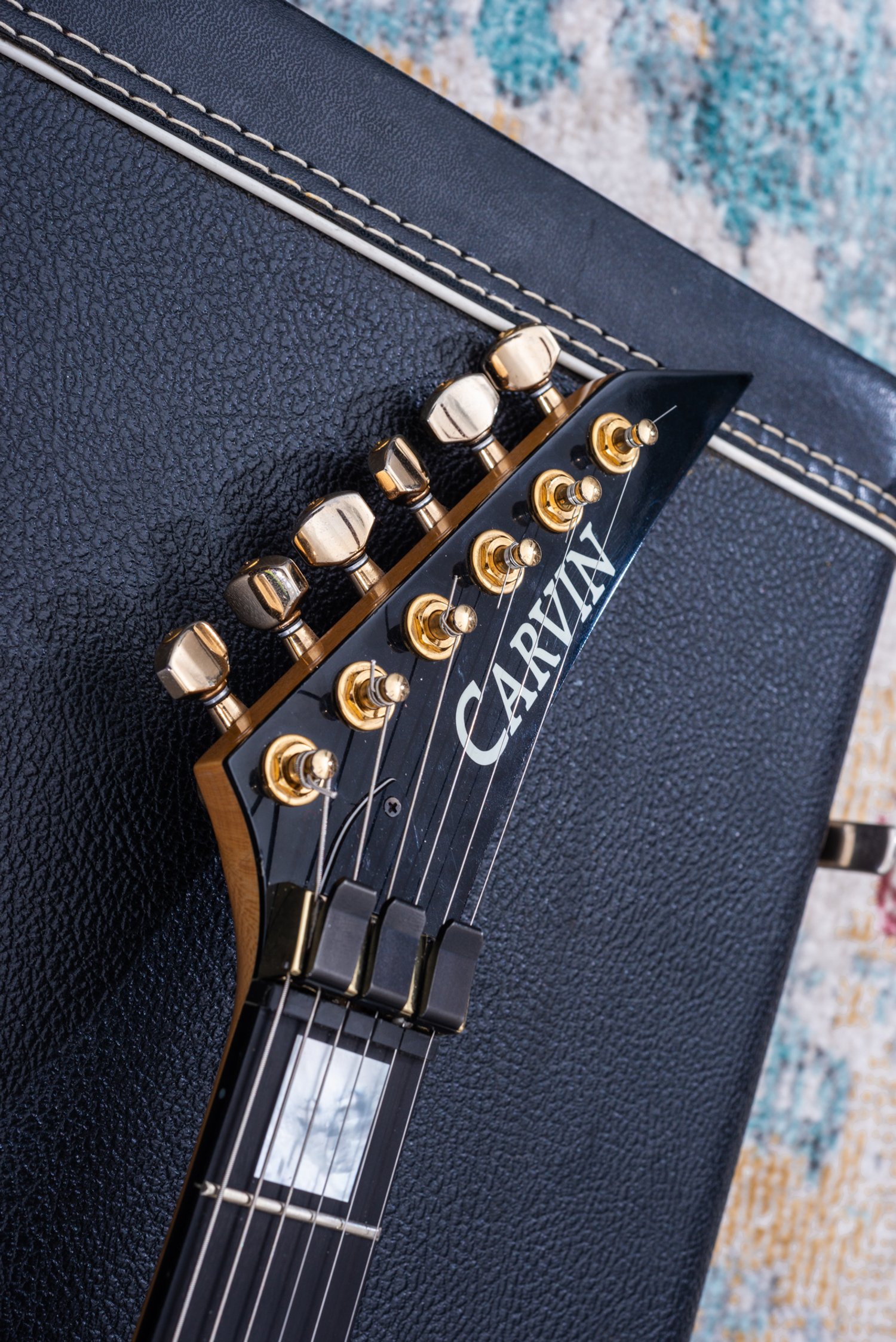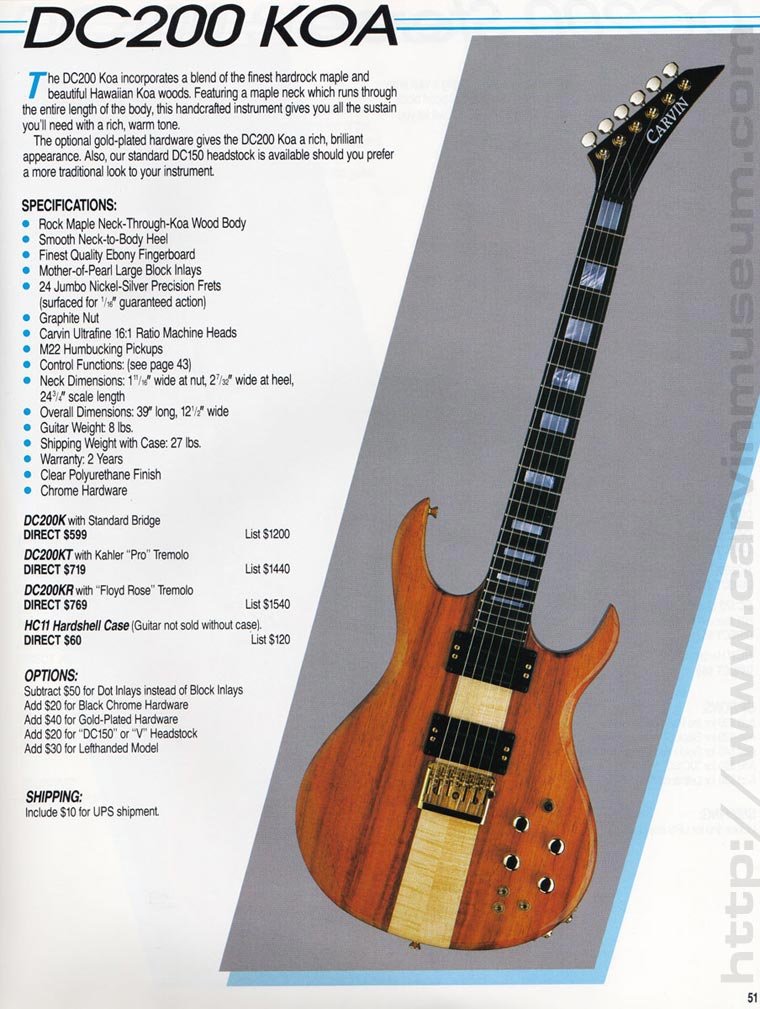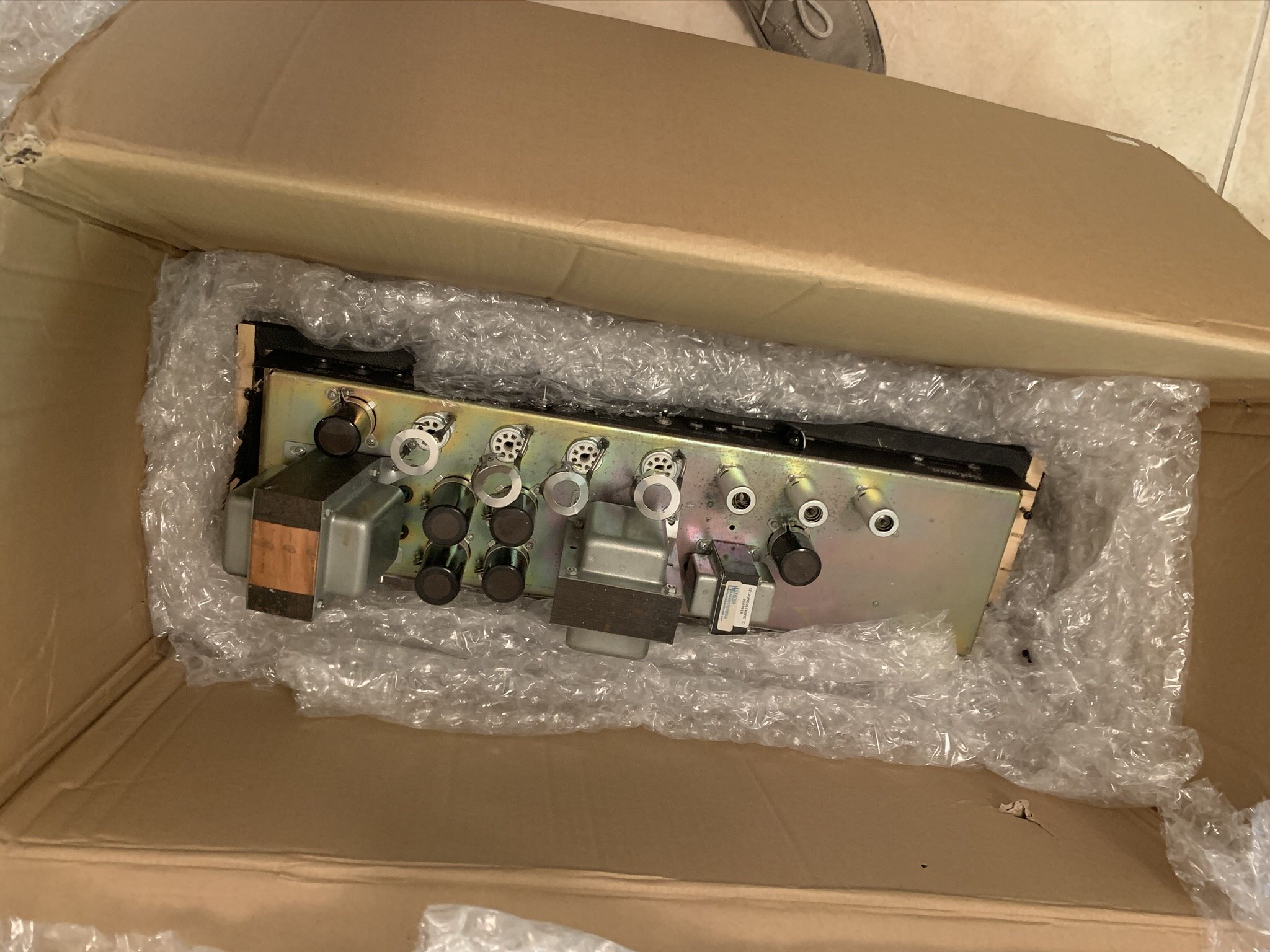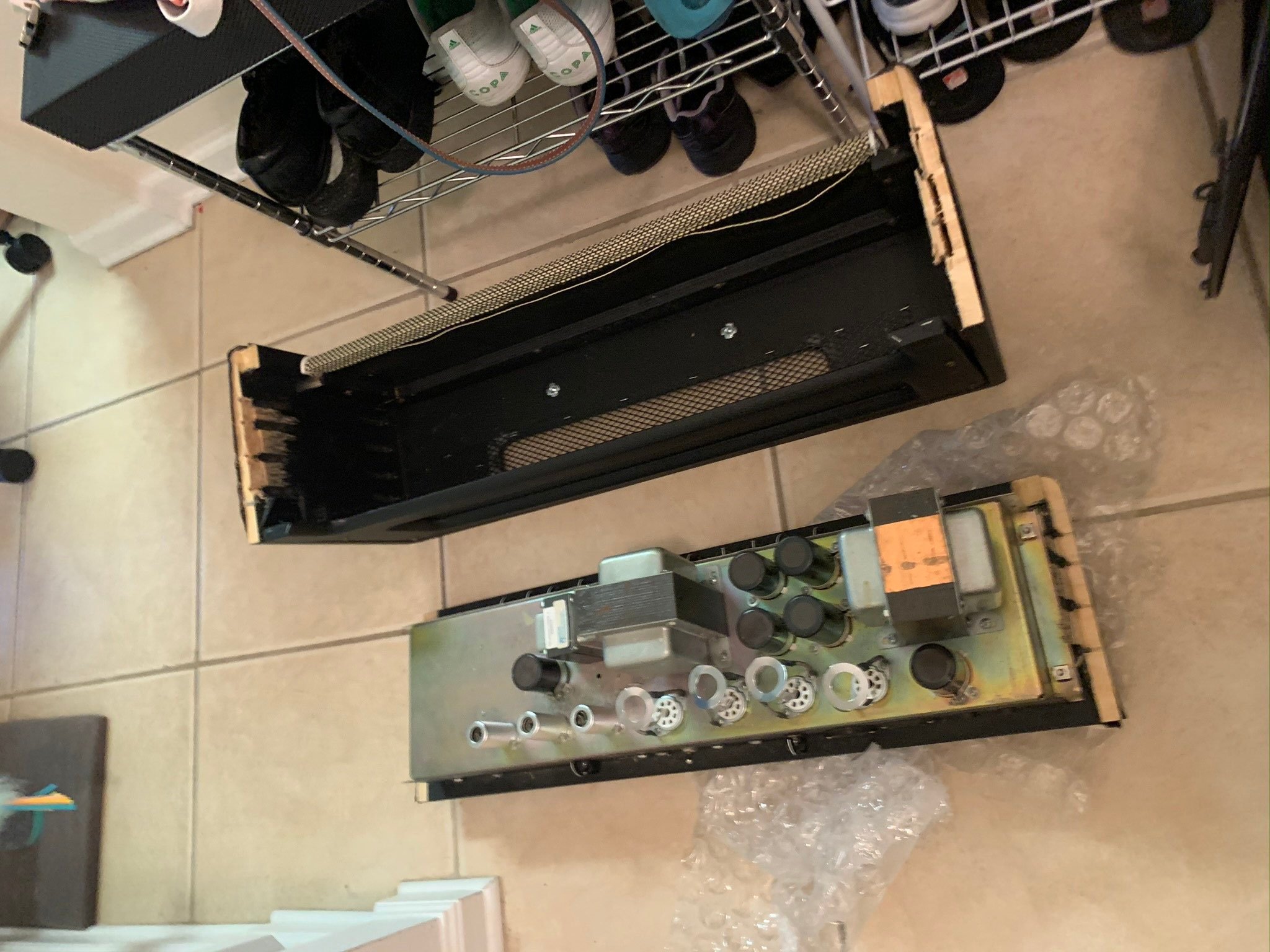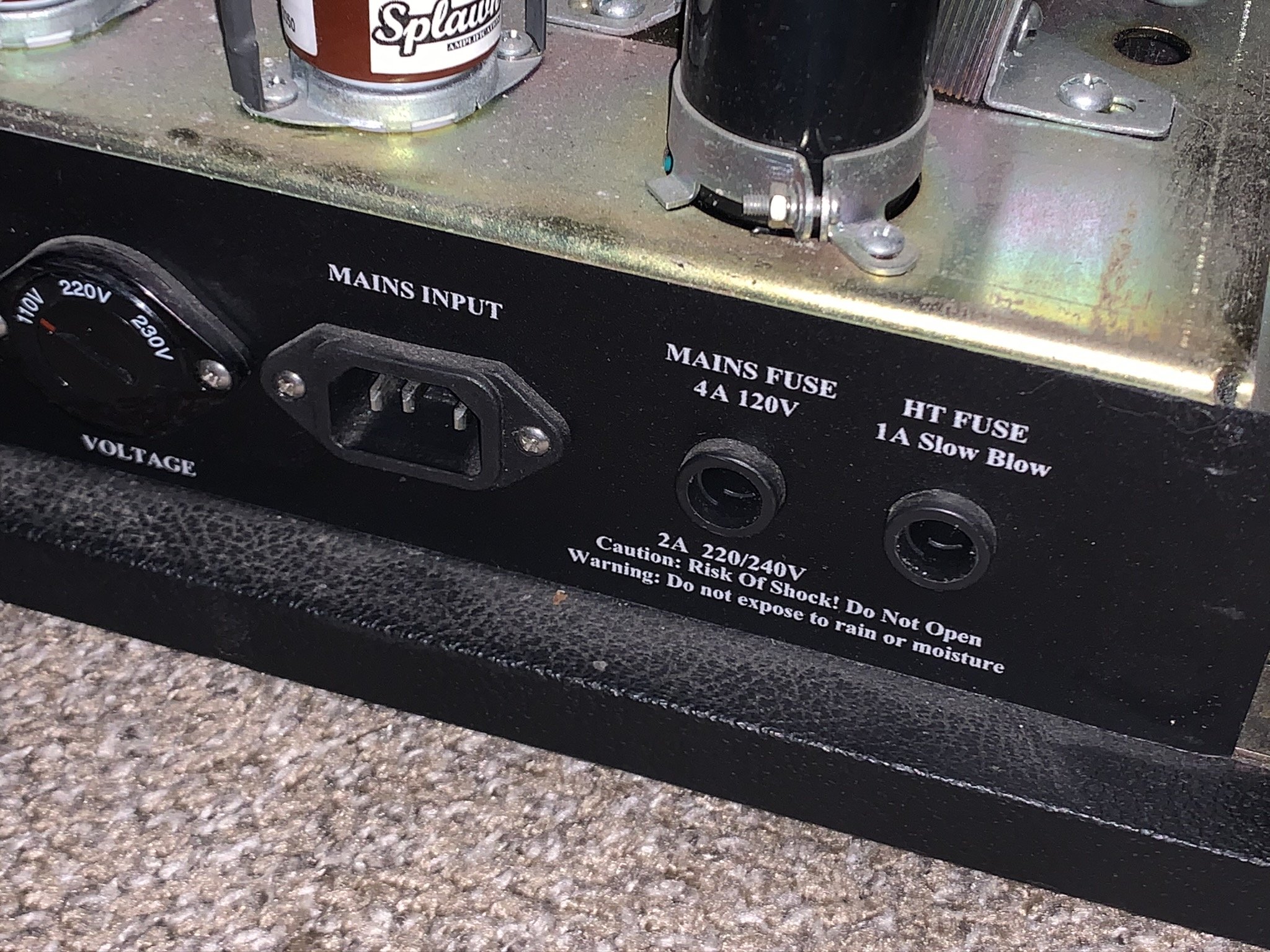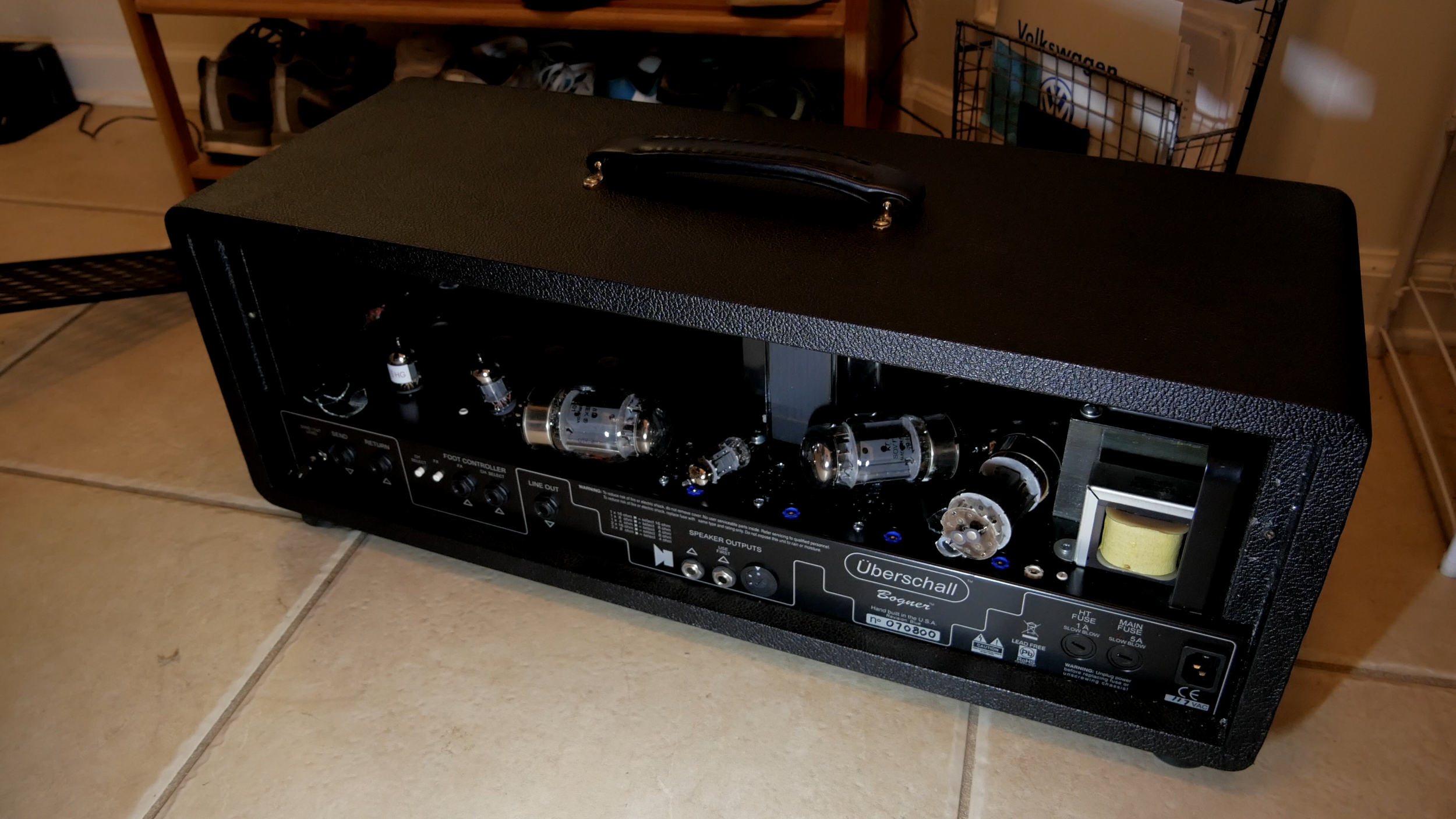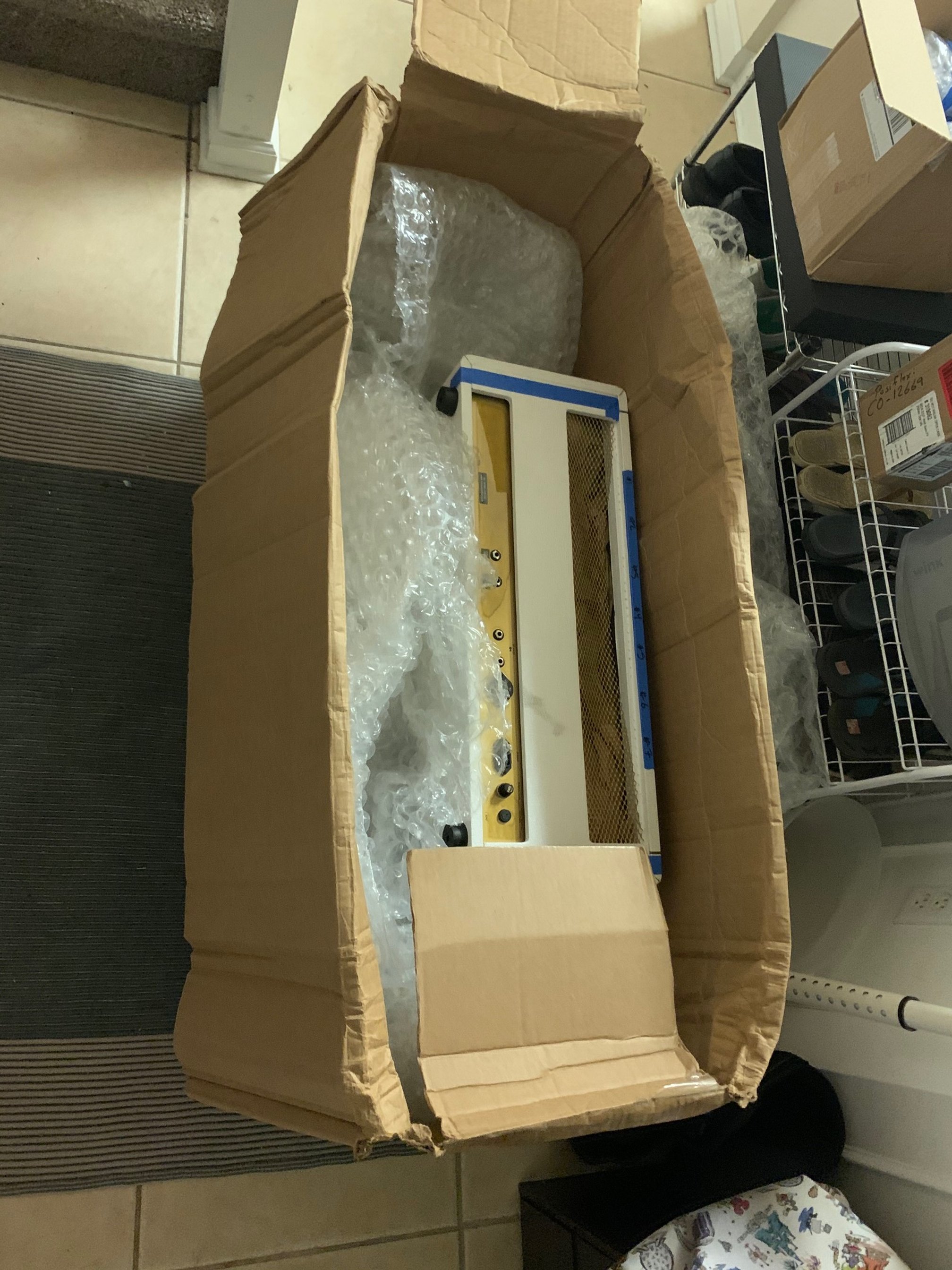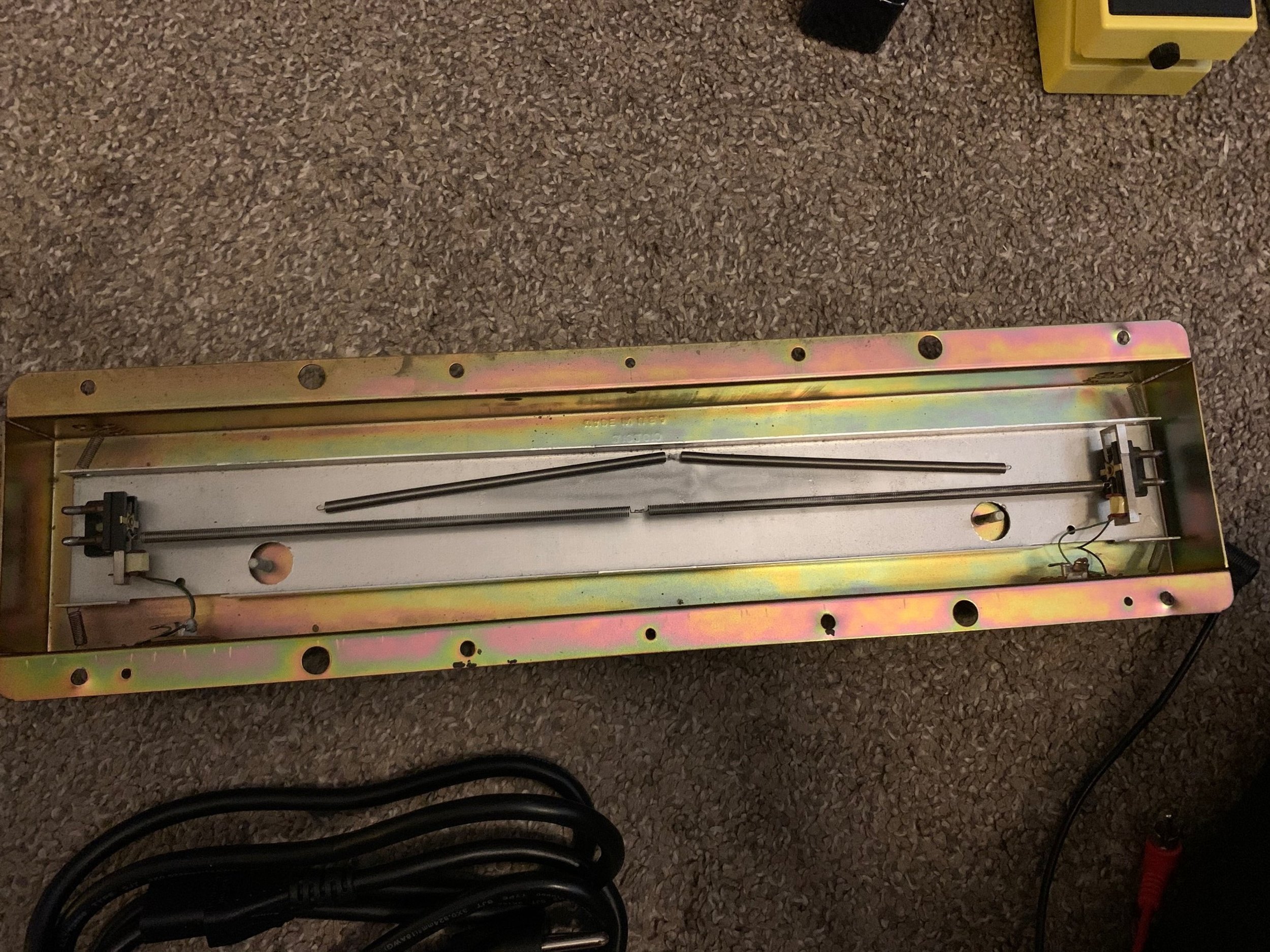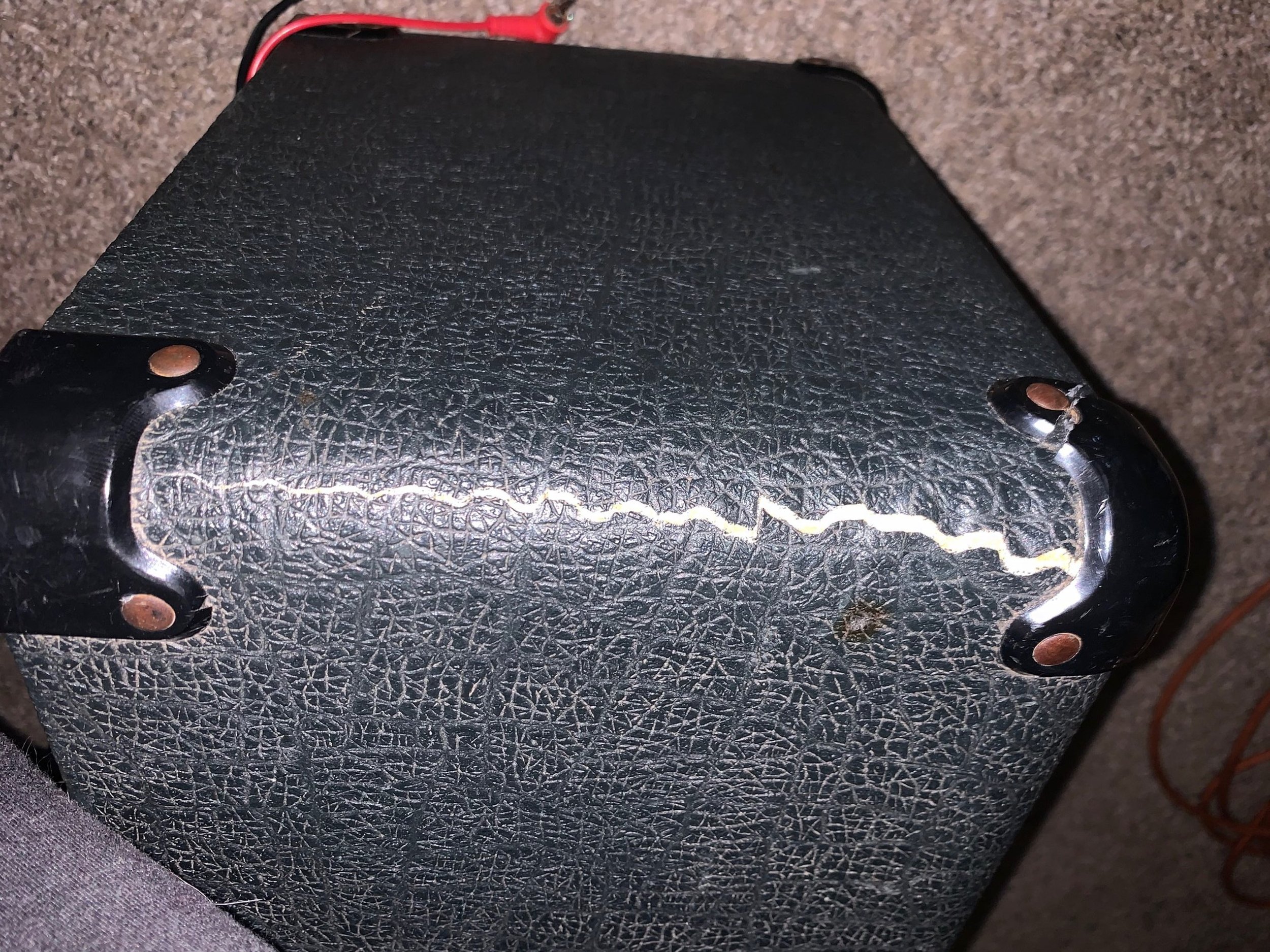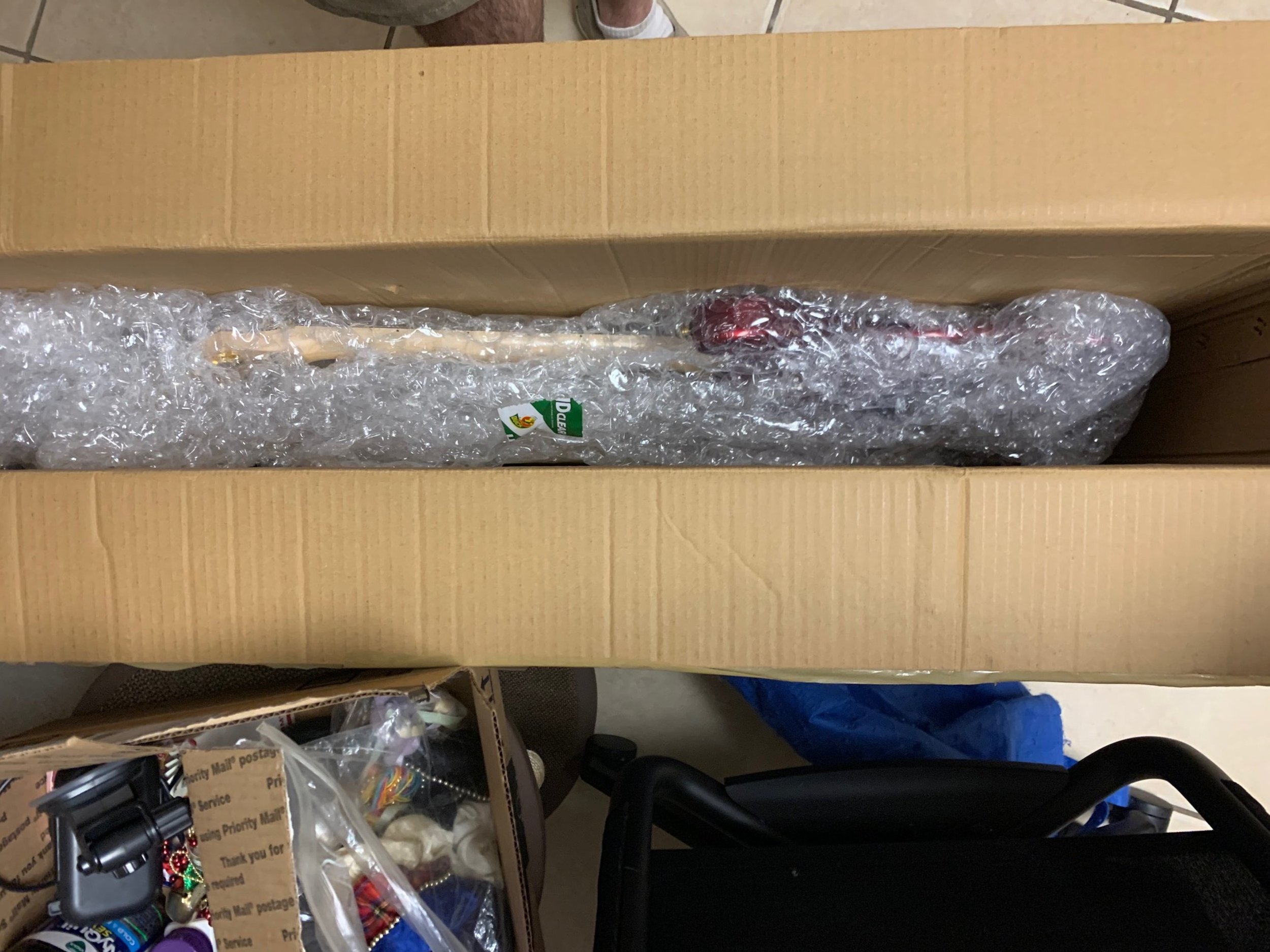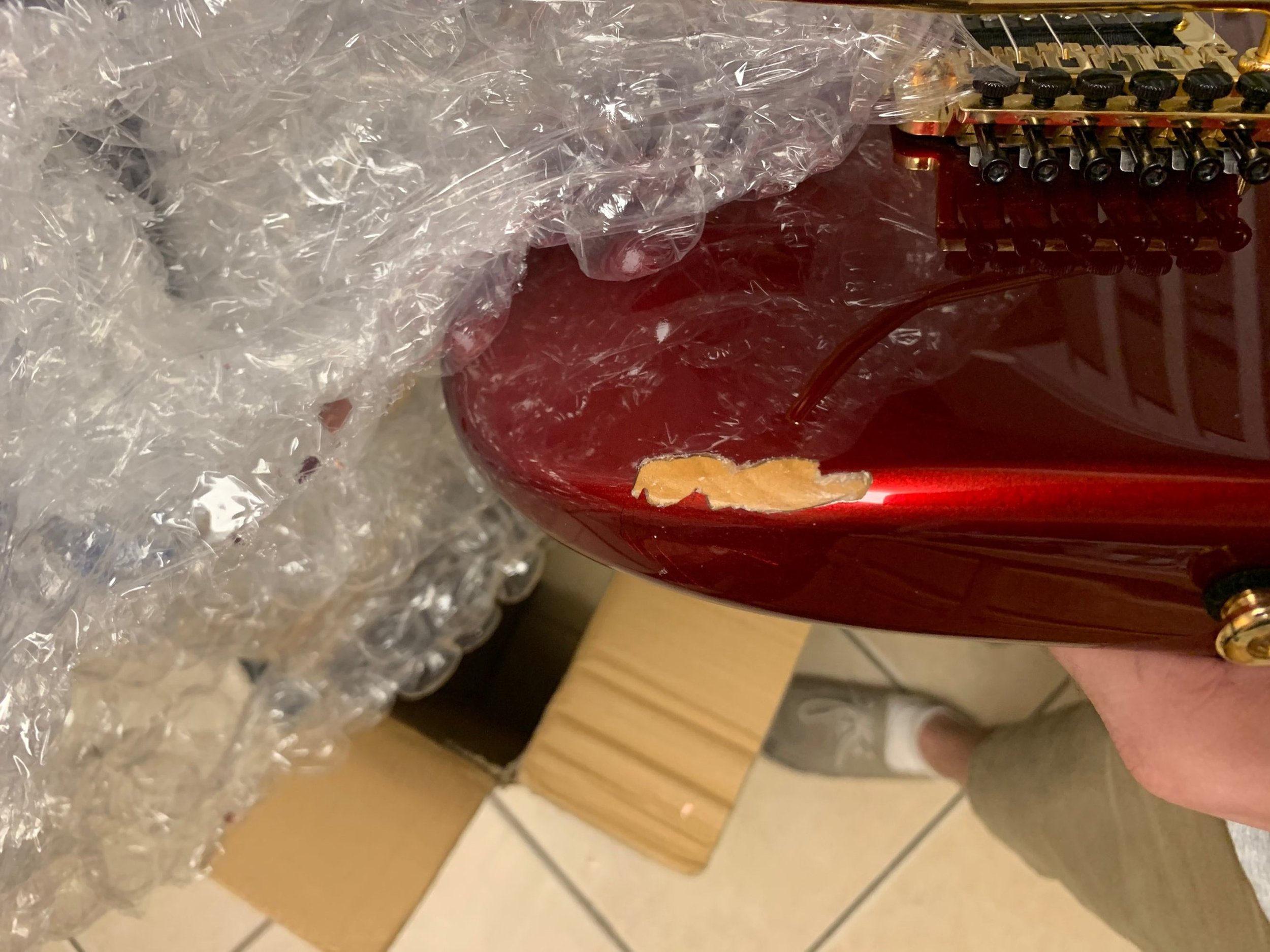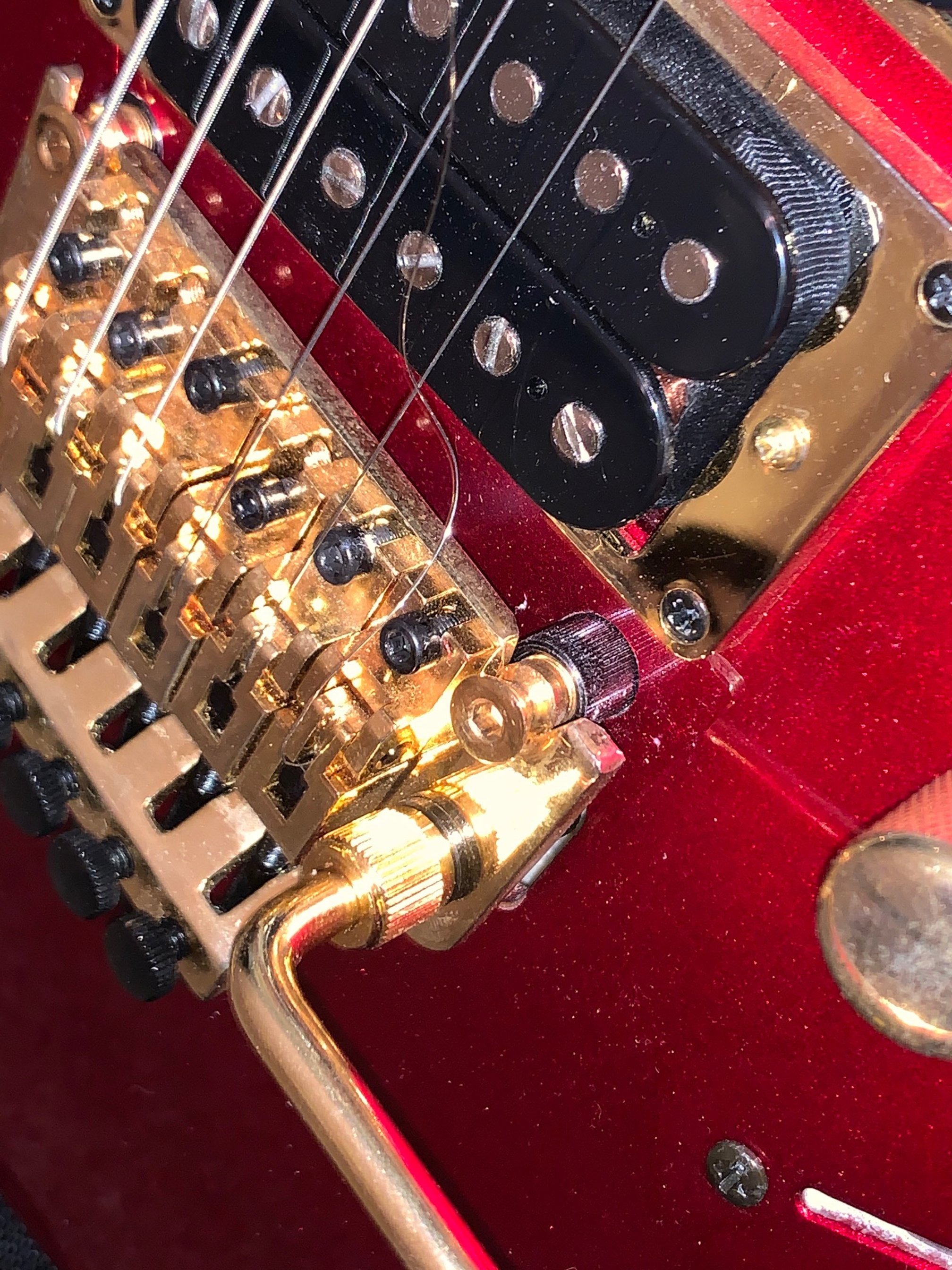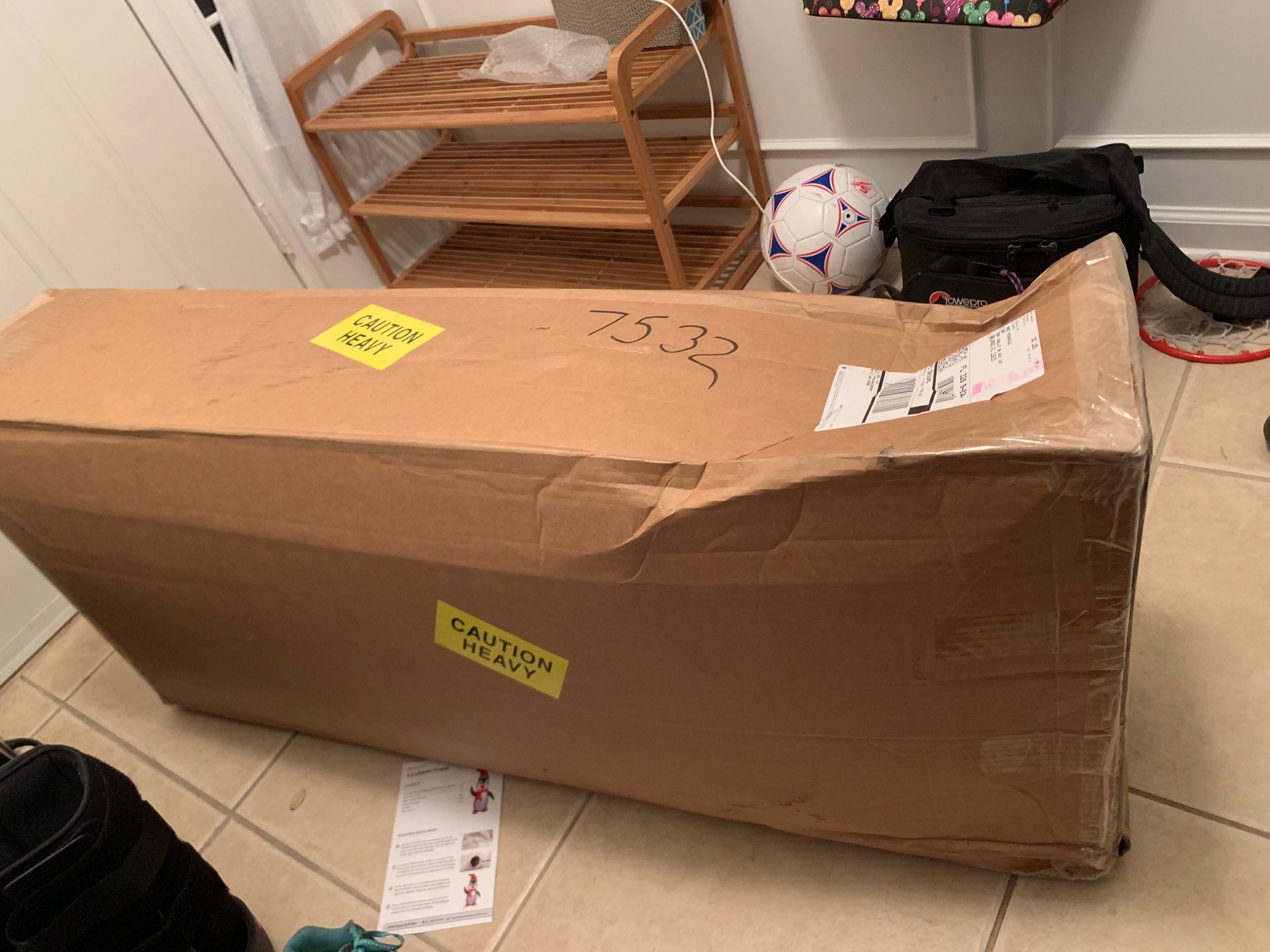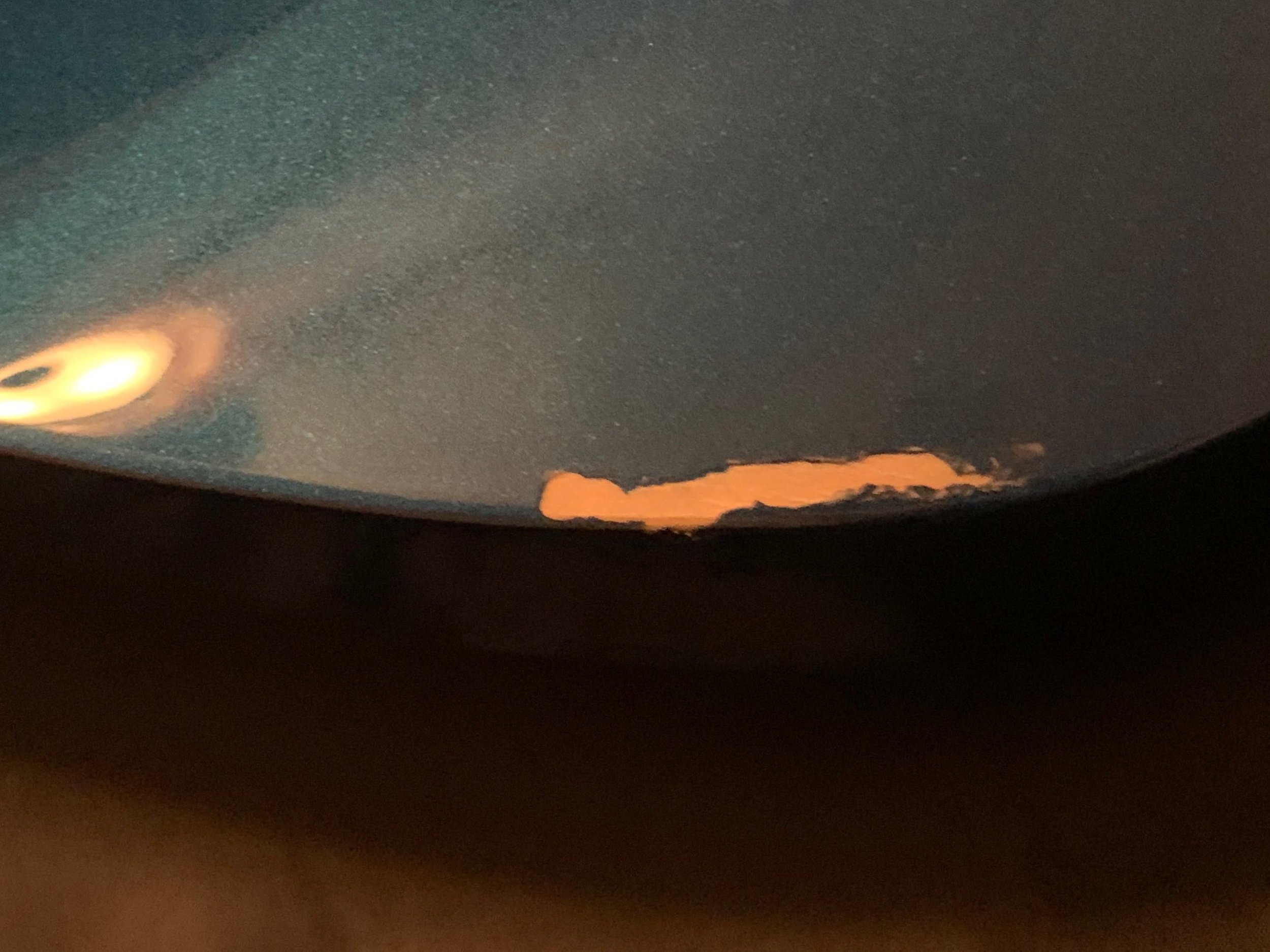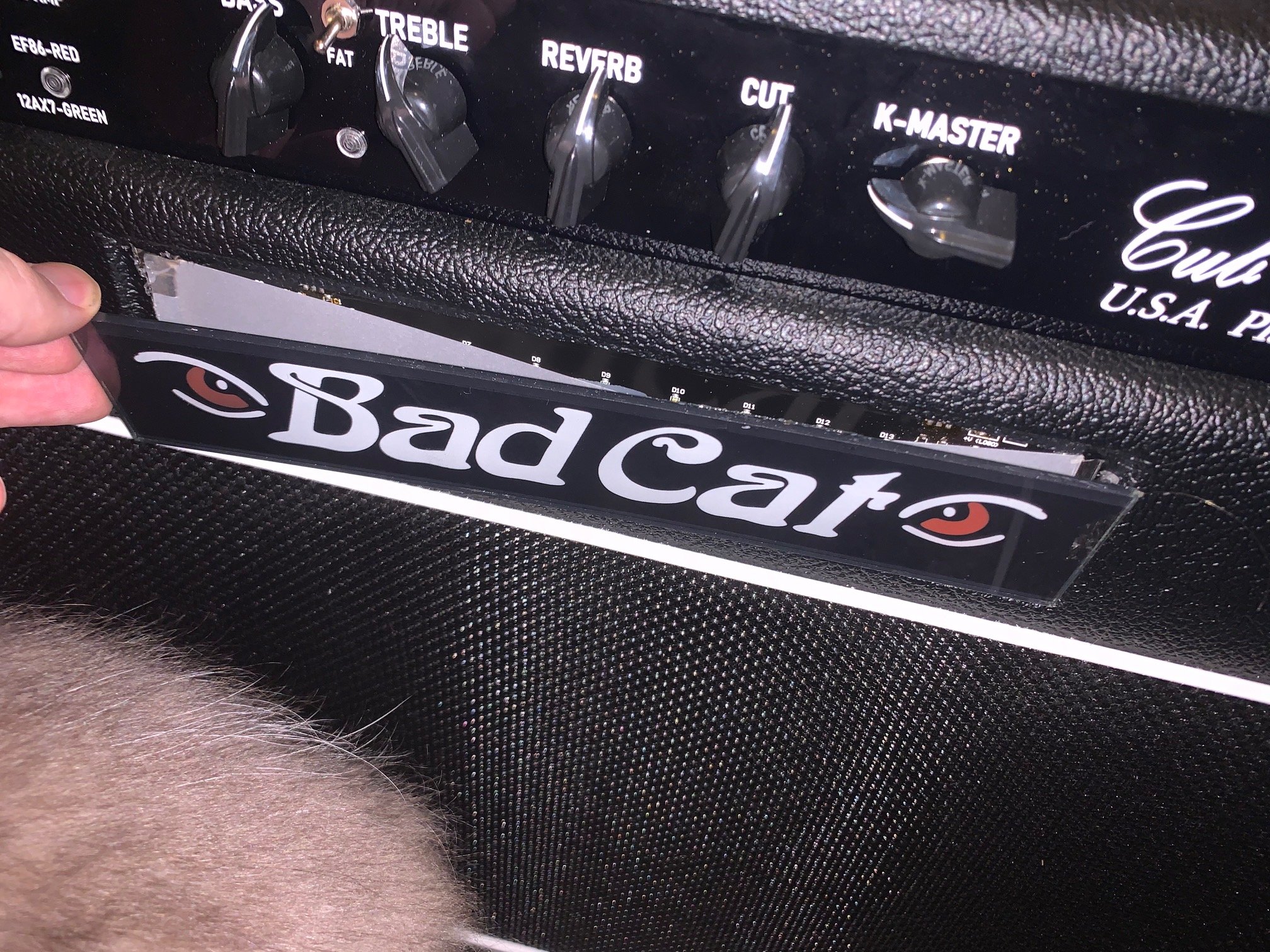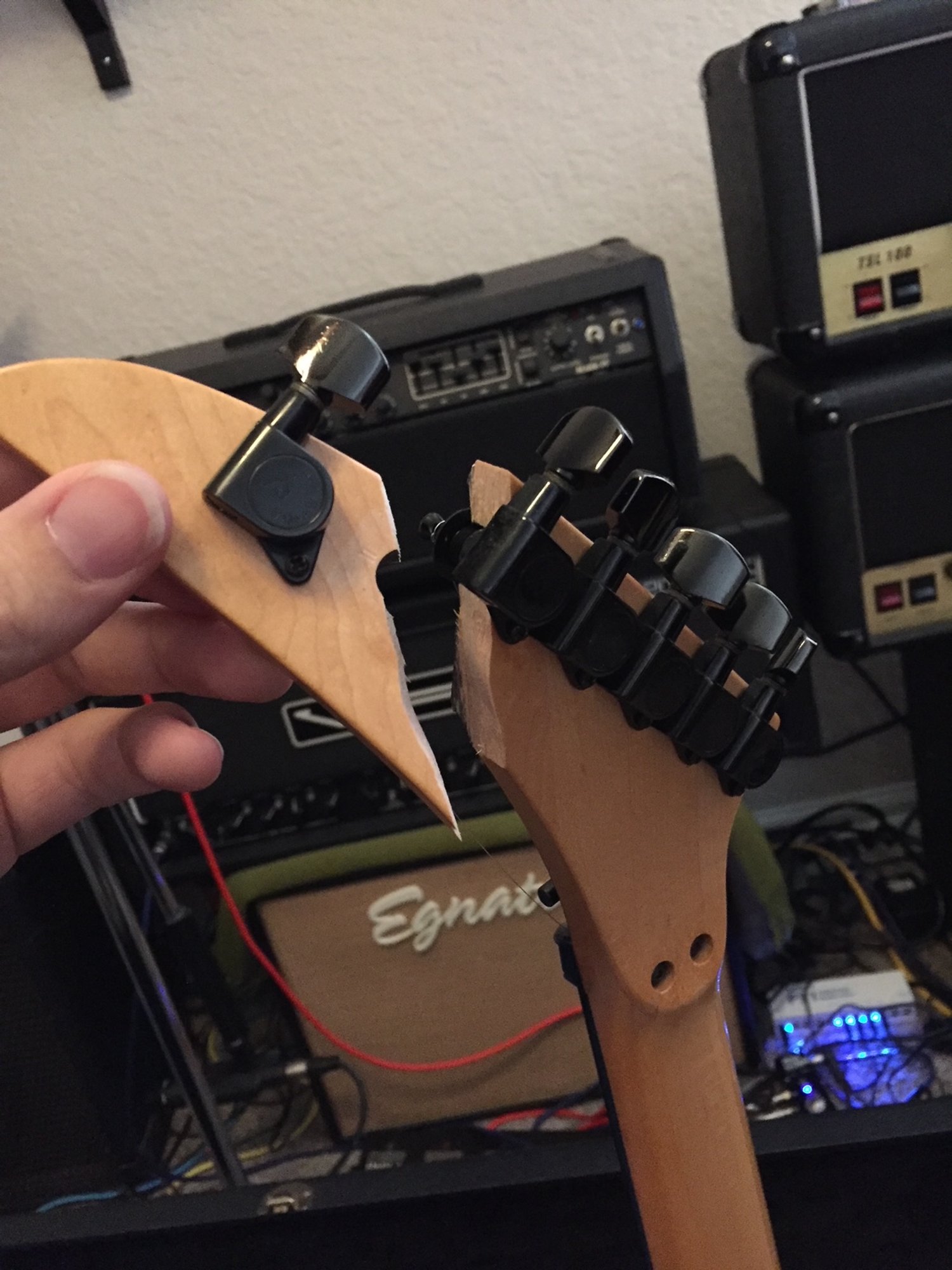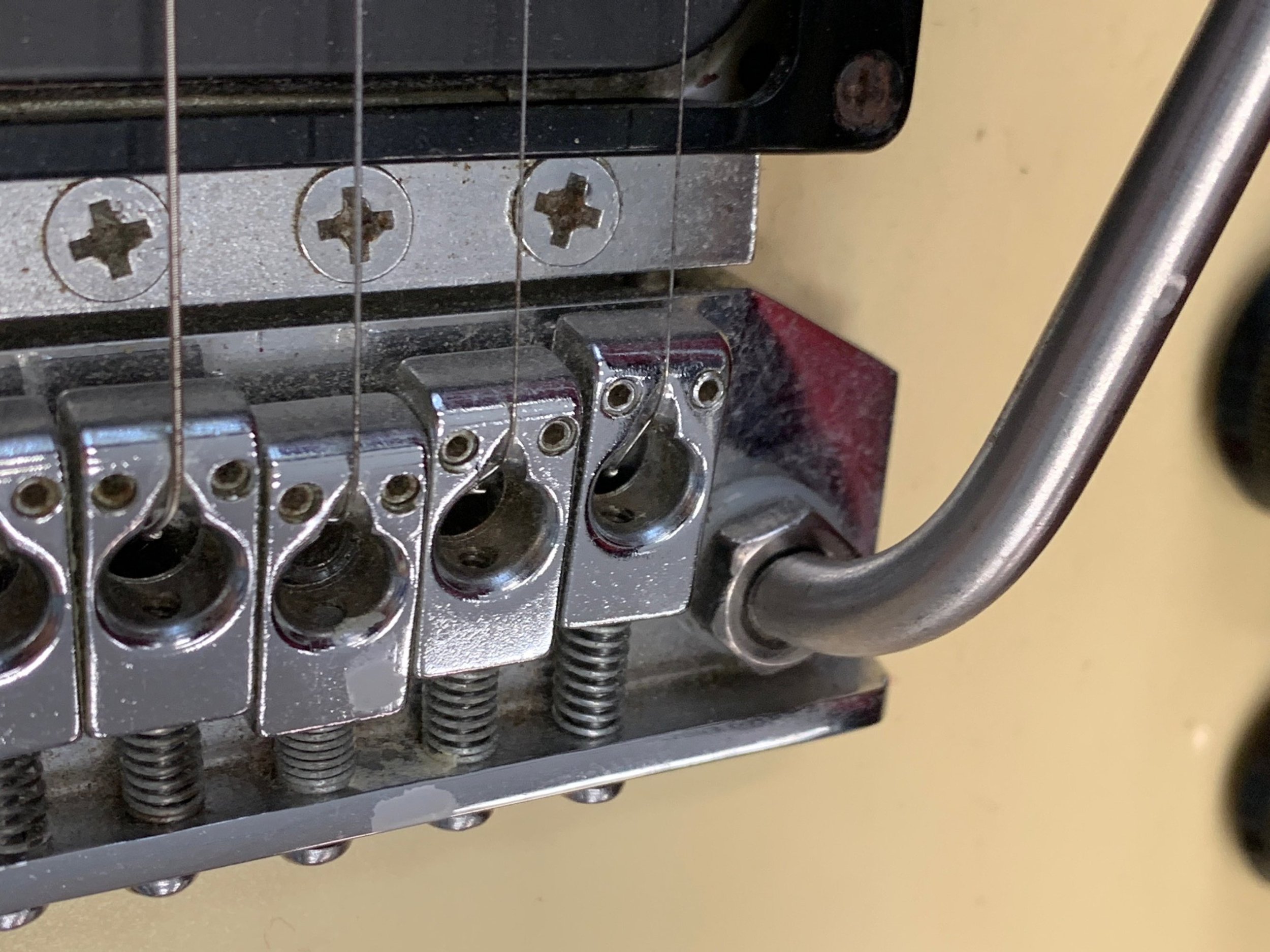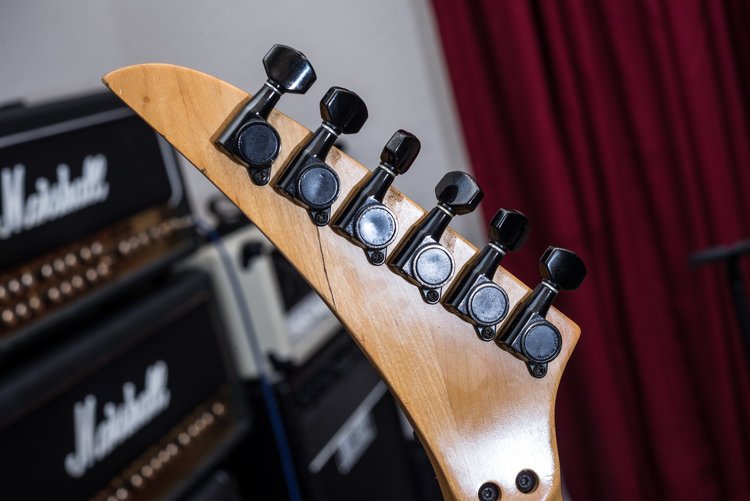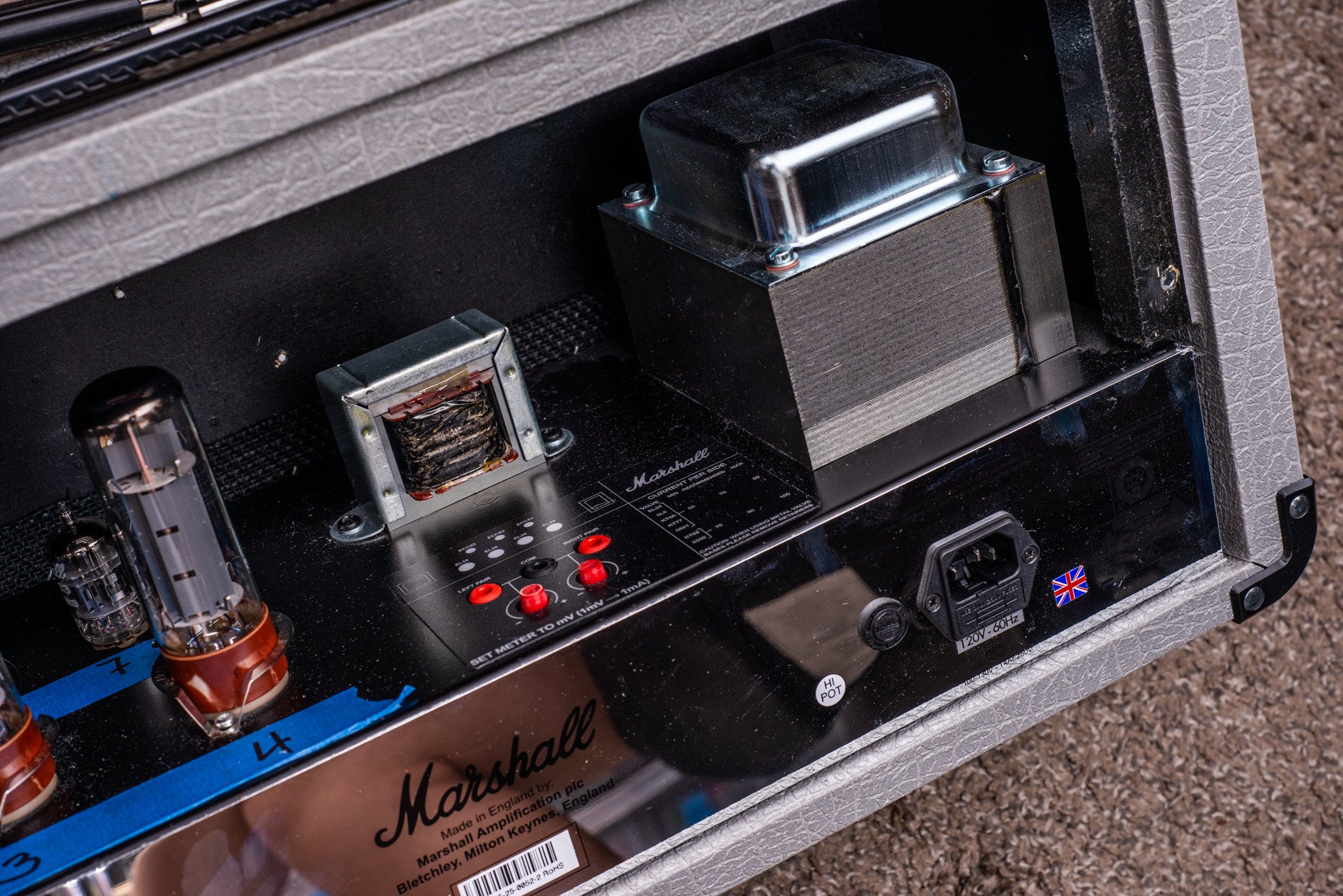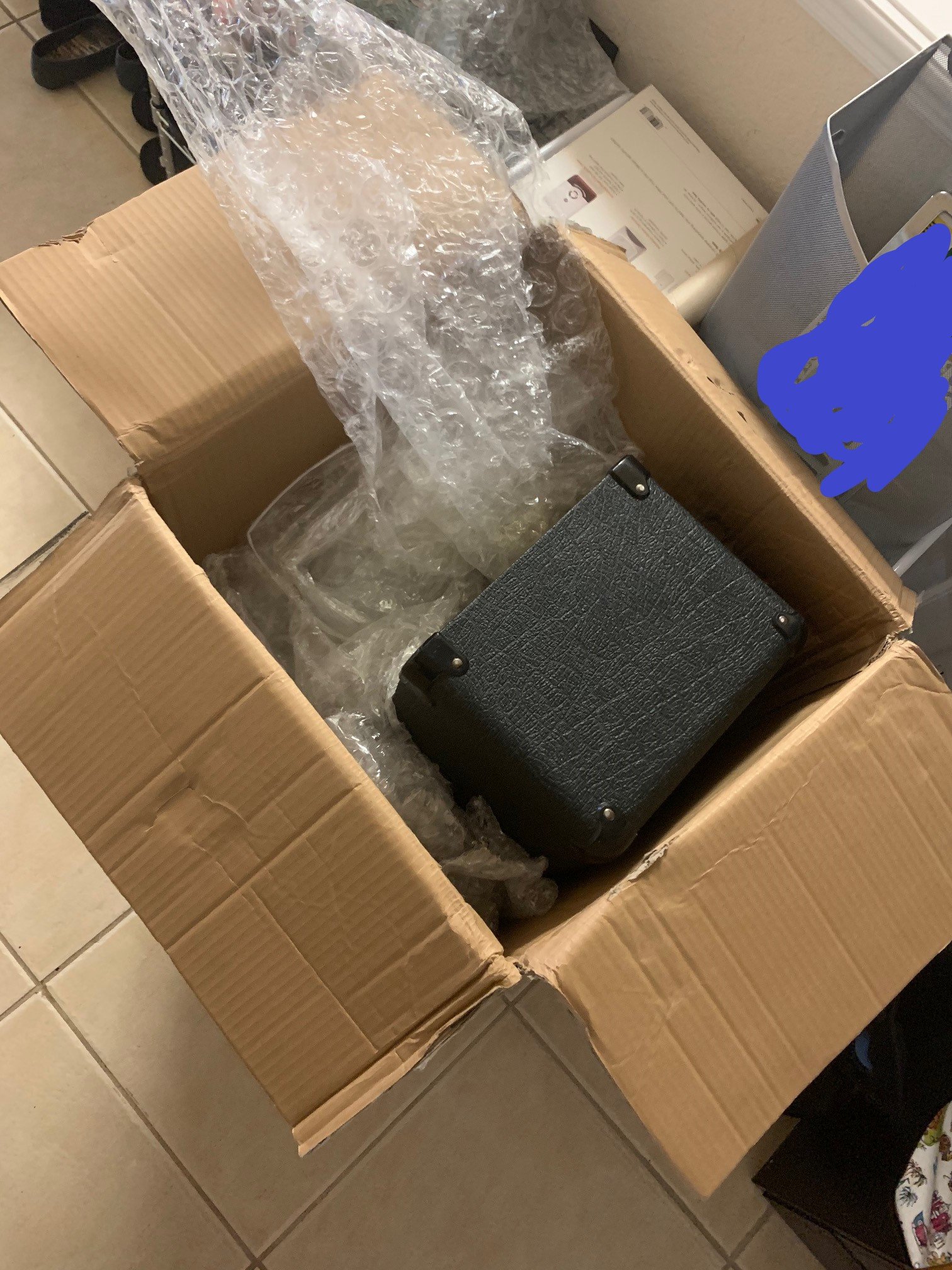First things first, thanks for everyone who helped me reach 1000 subscribers on Youtube. That’s pretty cool.
Now… let’s talk about Guitar Center, and specifically their used department. I purchase a LOT of used gear from GC and while I never expect a perfectly pristine piece, I do expect the bare minimum as far as packaging, testing, and descriptions - as well as honesty and transparency when something goes wrong.
To date, I have placed 110 orders with GC since 2016 and totaling… a lot of money. I have gotten some great deals, I’ve splurged on a few things I really wanted - but the most notable thing is that out of those orders, 34 of them had a MAJOR problem, and yet another 26 had a minor issue. That’s 55% of orders that required either a return, partial refund, or some other extra step to make it right. I’m very go with the flow - not too anal about anything - and I’m not afraid to pick up a soldering iron or do my own little tweaks, setups and repairs, so for me to say there is an issue with only 55% is probably on the low side compared to many other buyers.
I want to define those categories - here are some examples of “major” problems I’ve had with GC orders: Shipping damage, broken headstocks, broken tubes, missing tubes, amp missing fuses (?!?!), broken bridge, trem arm bent into the socket, missing footswitches, missing case, other items listed in the description not included, electrical issues. “Minor” problems I’m more forgiving - that is for things like the broken caster wheel on my 4x12, shipping damage that was the fault of the carrier and not the packaging job, missing power cable, minor dings/dents damage not disclosed etc. I used to only classify things as a major problem if it resulted in a return, partial refund, or professional repair but lately - I’ve also been including any time I get an order cancelled without notification as a major problem. Maybe I’m getting old, but if I spent $1000+ on an item, and it’s cancelled 8 days later and all I get is an automated email telling me “sorry that YOU cancelled your order” I’m not going to be pleased, and it’s become such a pattern that what was previously a small thing has become a major problem.
Here’s a video I made discussing this very issue:
